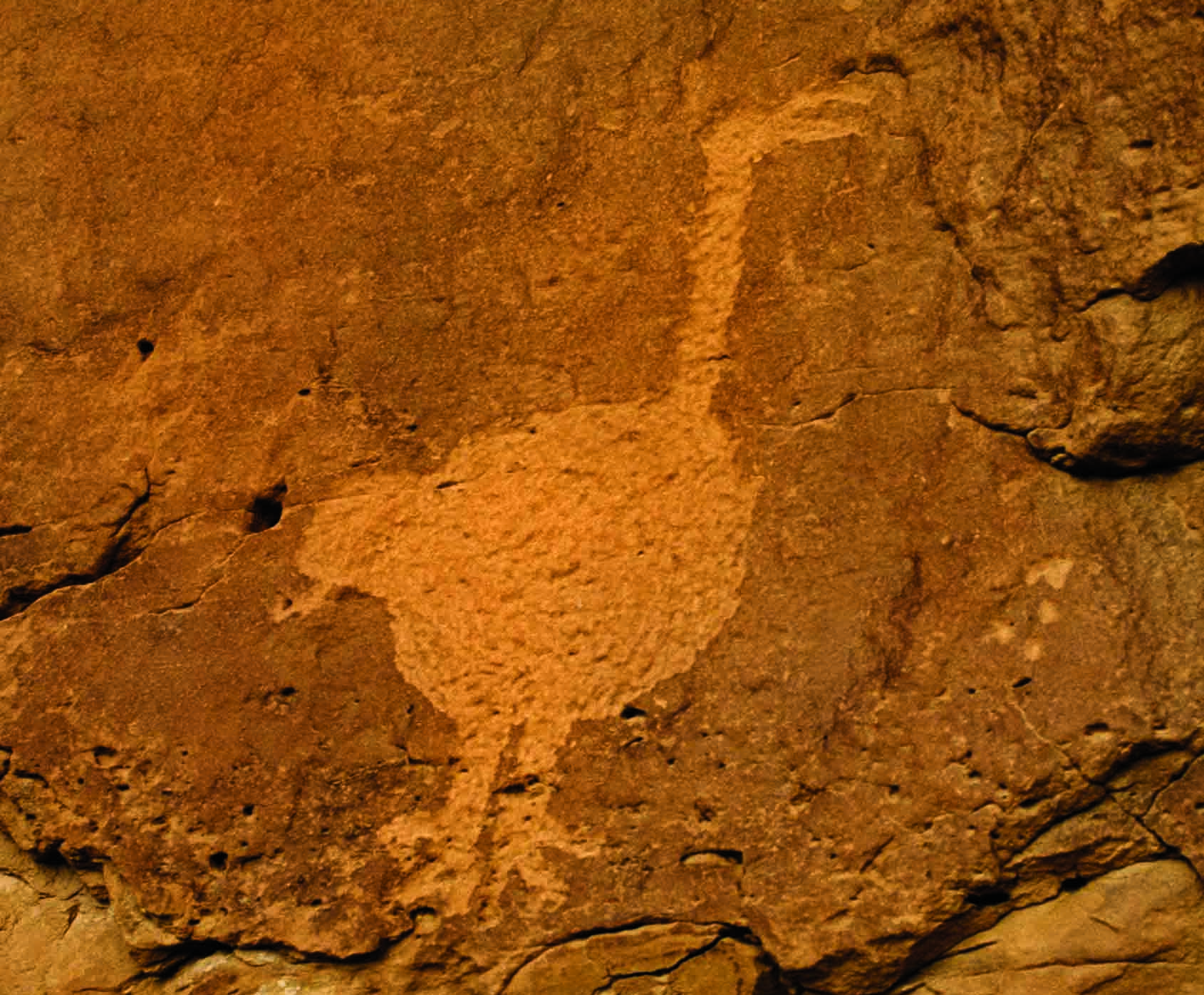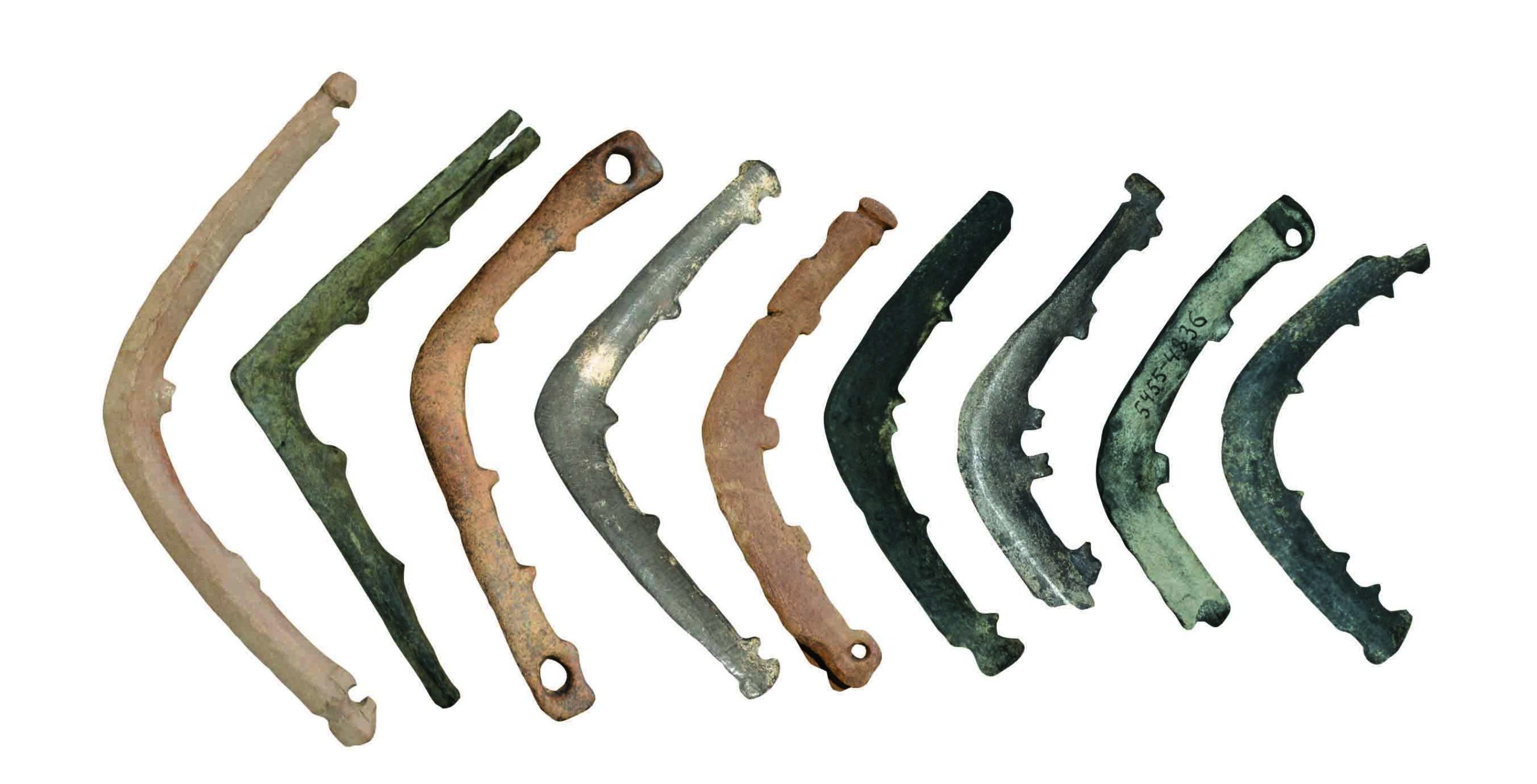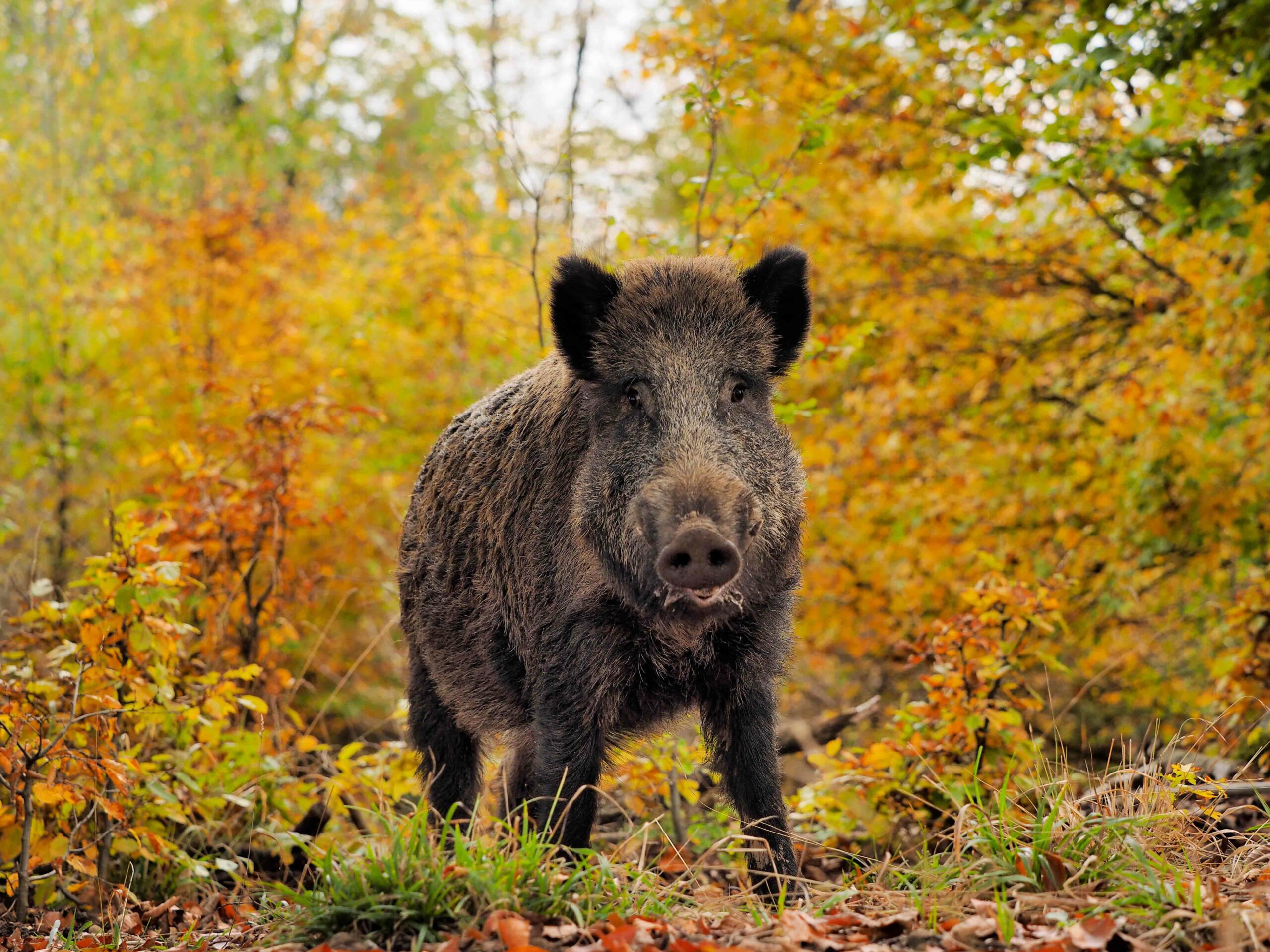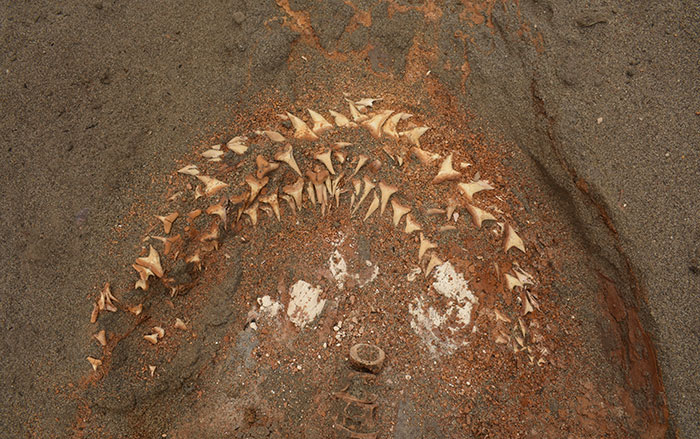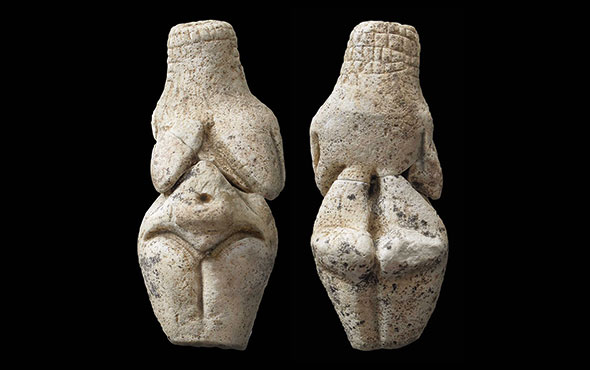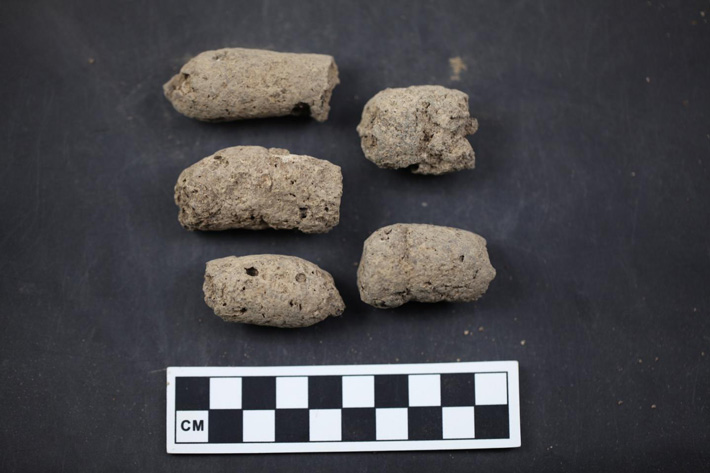
CAMBRIDGE, MASSACHUSETTS—According to a Science Magazine report, molecular archaeologist Christina Warinner of Harvard University, Maxime Borry of the Max Planck Institute for the Science of Human History, and their colleagues have developed a tool to distinguish between ancient human and dog feces, which can look a lot alike. To complicate matters, human waste, Warinner explained, can contain dog DNA if the people ate dogs, and dog excrement can contain human DNA if the dogs ate human droppings. Borry trained a machine learning program to distinguish between the microbes in modern human and dog droppings, and then had the program analyze DNA recovered from samples of ancient feces from around the world. Out of 13 samples of ancient excrement, the program was able to identify five of them as human, and two as canine. Three other test samples were determined to have likely come from dogs. Critics suggest that additional data collected from dogs that do not eat a diet of pet food could make the program’s analysis more accurate. Archaeozoologist Melinda Zeder of the Smithsonian Institution’s National Museum of Natural History added that the new method of analysis could offer insight into the process of dog domestication by tracking changes in the dog microbiome as they began to live with humans. To read about Inuit sled dogs, go to "Around the World: Arctic."


